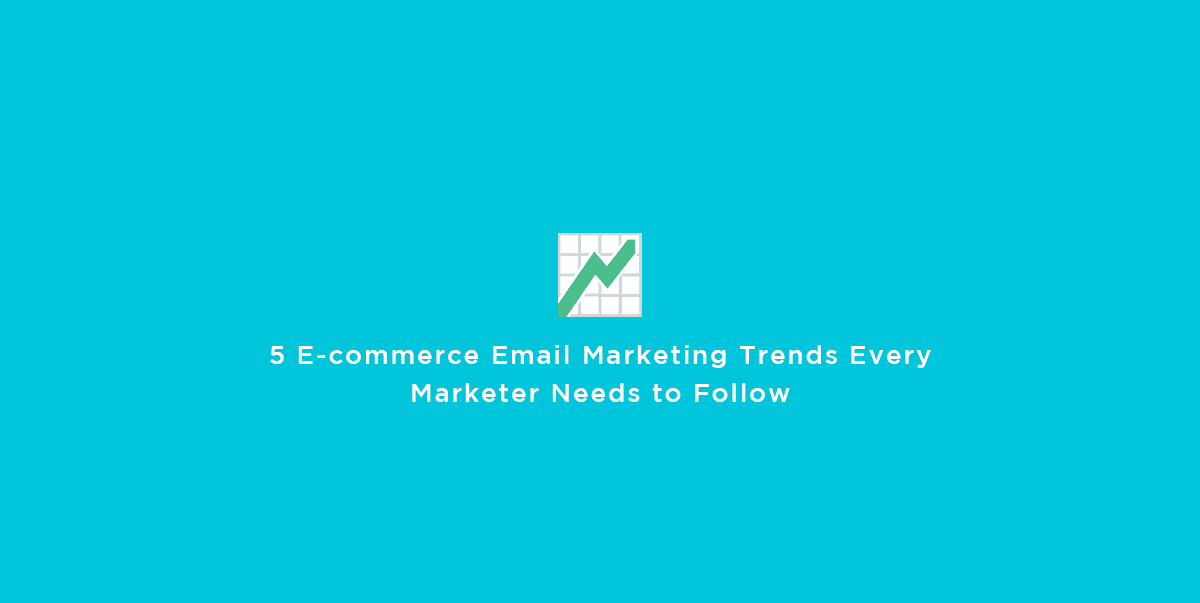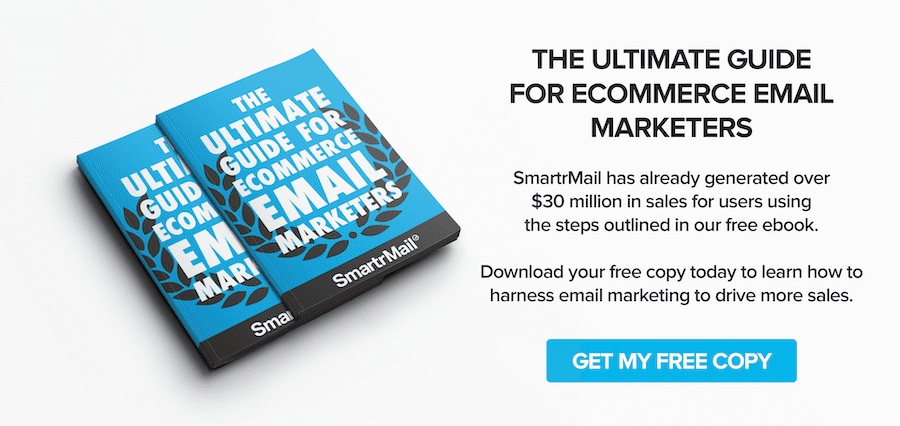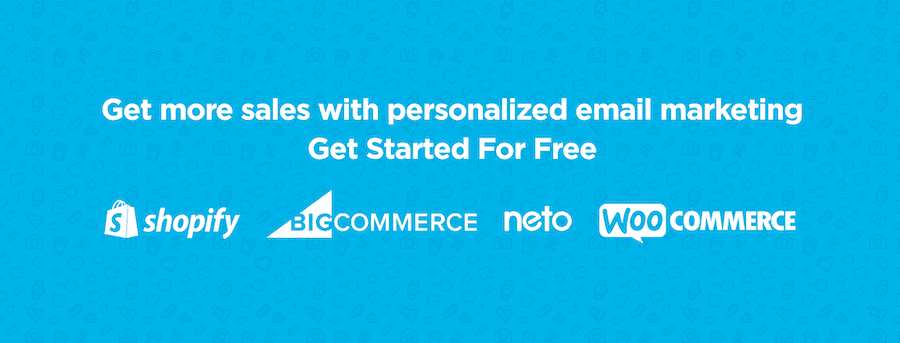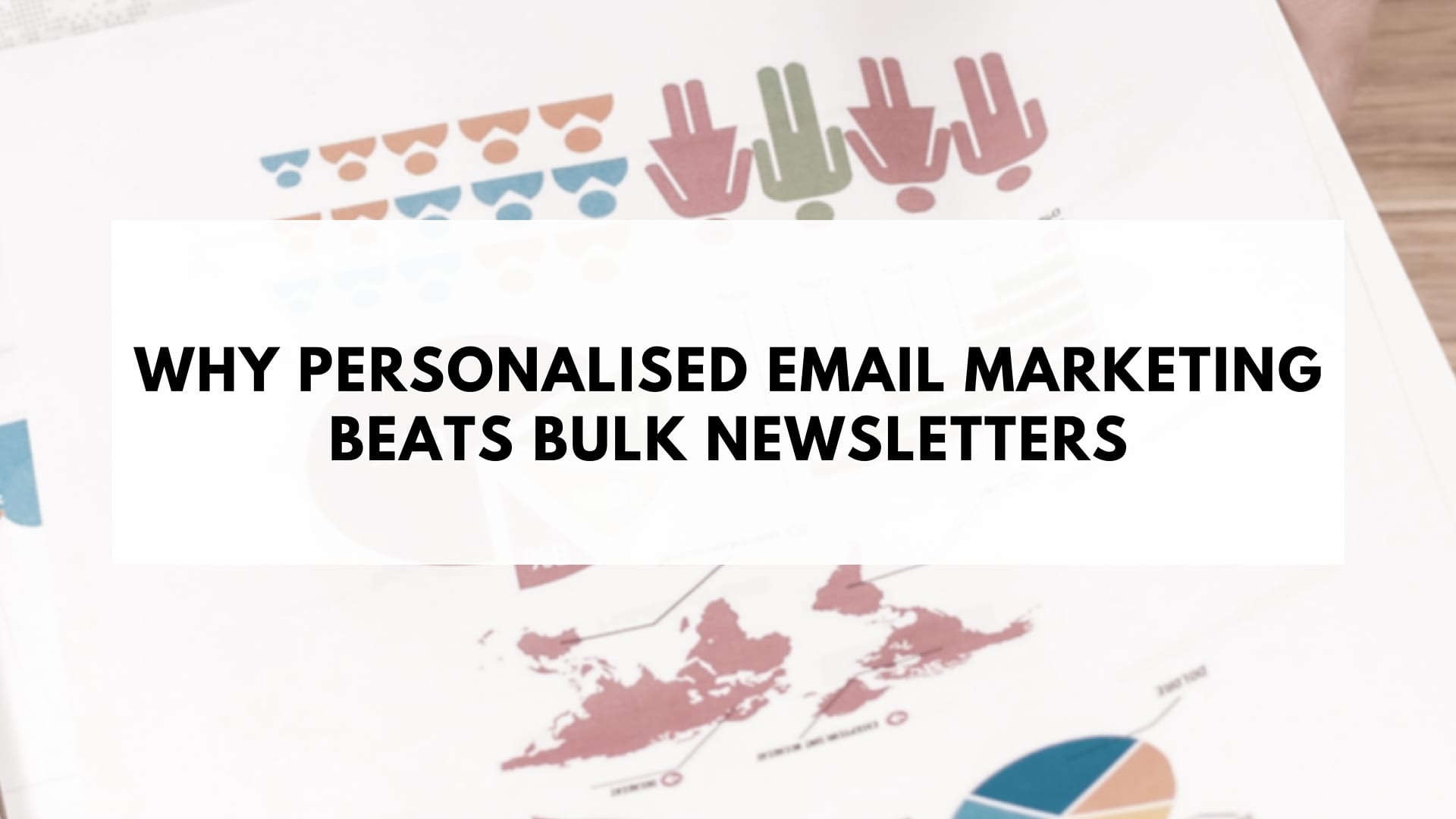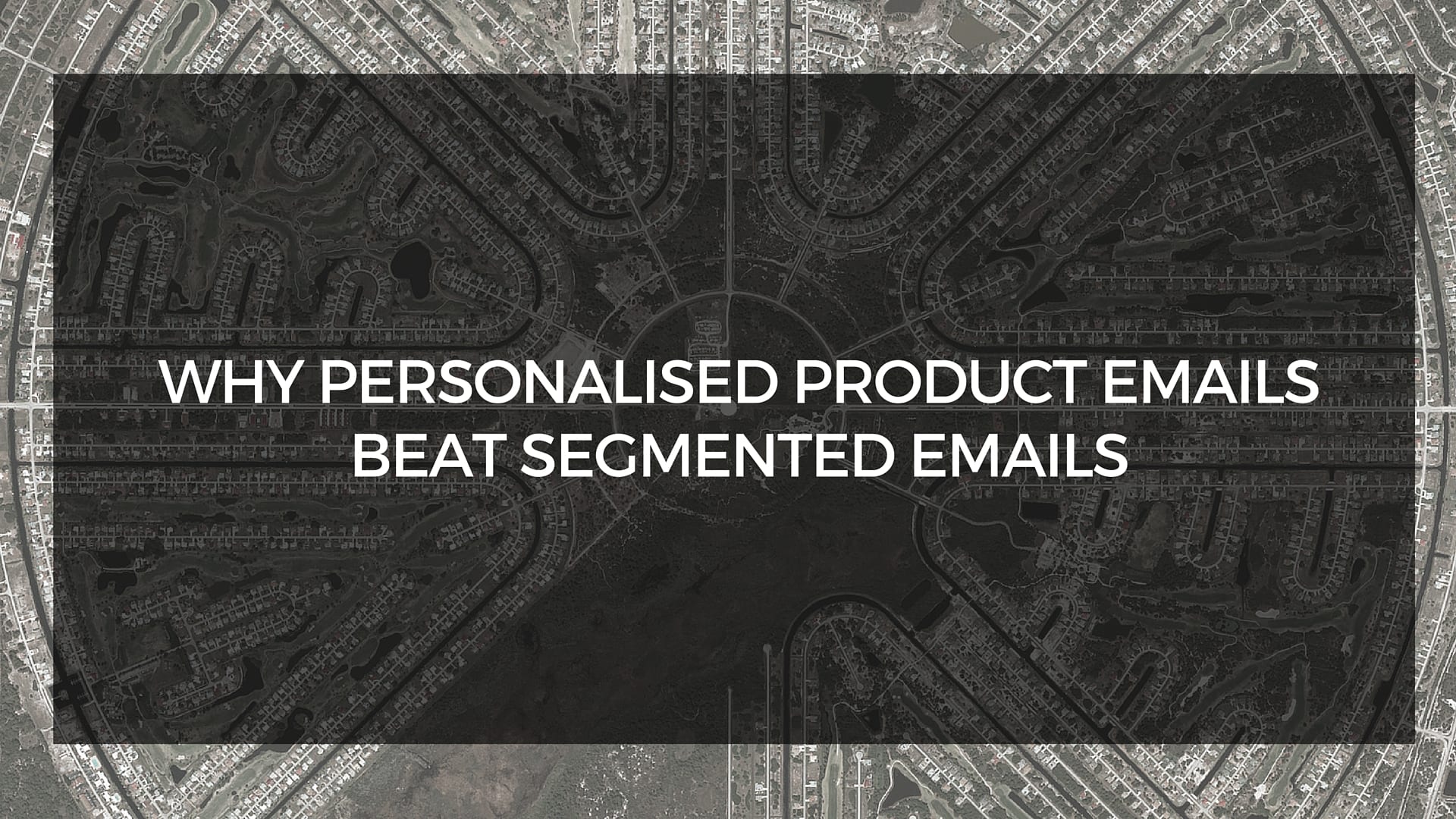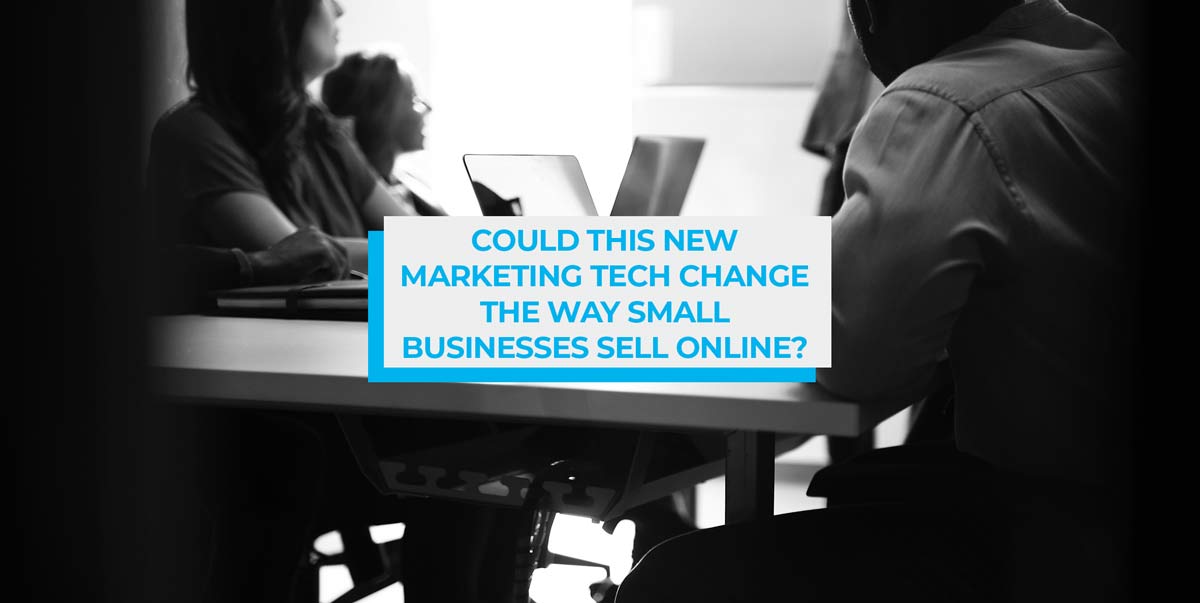There are thousands of marketing blogs and online courses that teach you to become a better marketer.
The cat is out of the bag. Unless you’ve been living under a rock, to grow any e-commerce business, you need Digital Marketing.
Digital Marketing = Google, Facebook, Instagram, content, email marketing.
Of all the ways to grow your business, email marketing has been voted the number 1 source for 10 years in a row.
In today’s article, I’m going to reveal the most important e-commerce email marketing trends in 2017 to grow your business.
1. Business growth = customer lifetime value (LTV)
As I pointed out at the start of this article, every business owner knows the importance of Digital Marketing to grow their business.
Everybody from Fortune 500 companies to Jennie’s Bakery across the street is using some form of online marketing to drive people to their business.
As more businesses use the Digital Marketing to grab a foothold in their market, the cost of advertising will rise, and the amount of time and effort it takes to rank on the first page of Google will only get harder.
Rising ad costs = lower profit margins.
If it costs you $50 to obtain a new customer in 2017, we can safely say that number will increase in 2018 based on current data.
Spending more money on ads to grow your business is going to be an uphill battle, and businesses will look for other ways to stimulate growth, such as improving the LTV of their current customers.
Customer lifetime value (LTV) is the amount a customer spends with your business during their lifetime as a customer.
If you can increase your LTV by 10%, then acquiring customers for $60 in 2018 instead of $50 becomes profitable again.
The easiest way to increase customer LTV is through email marketing.
Here are a few articles I’ve written that will give you dozens of ideas on how to increase your business’s revenue in 2017 by increasing the customer LTV:
- How to Determine Your Store’s Optimal Email Frequency
- 4 Ways to Encourage Repeat Purchases from First-Time Buyers
- How to Cross-Sell like a Pro with Email Marketing
- How to Re-Engage and Win Back Your Store’s Customers with Email Marketing
Each of these articles reveals how you can get customers to spend more money with your business by using automated emails.
2. Being fun is the future
The business world has changed greatly over the last few years.
CEOs of billion-dollar businesses are doing key note speeches in a t-shirt and jeans, they are tweeting memes, and having a laid-back company culture is all the rage.
Hell, I’m writing this article wearing only underwear!
What does being fun and me being in my underwear have to do with this article?
Everything!
If your branding allows it, add more humor to your email copies and stop being so serious and boring.
If you can make a customer laugh or smile with your subject line or a witty quote within an email, they will feel more connected with your brand. It will even pre-frame them to make the correct action.
Here are some examples of witty emails from Harry’s:
They are emails you’d want to share with friends or on social media. In fact, these are emails that I’d want more of because they entertain me.
Here’s the thing: as more and more Digital Marketers create their own Shopify stores and compete against your business, the more similar your products or services will become.
To stand out and differentiate from everyone else in your industry, it’s going to come down to how you brand yourself.
You don’t have to go down the humor route; you can pivot your messaging in any way that best aligns with your business’s philosophy.
For example, here’s an Everlane email that you rarely see from e-commerce brands:
They have gone with a more righteous and charitable route based on their brand.
There are hundreds of ways that you can pivot the messaging in your emails; just don’t be generic if you want good engagement. Quality engagement and a good community ensure that customers read more of your emails and buy more products.
3. Merging email marketing with Facebook and Google
As far as I’m concerned, there are only three primary online marketing channels for e-commerce stores. They are:
- Email marketing
- Facebook/Instagram
These are three universal channels that every B2C and B2B business can use to grow their business. Sure, Twitter, Pinterest, or Tumblr might work for some brands, but the above are profitable for the bulk of e-commerce stores and offer the most flexibility.
One of the downsides of email marketing is that you cannot force anyone to open your emails, no matter how clever your subject lines are.
Average industry email open rates are around 25%, meaning 3/4 of your email list won’t ever see your content.
Facebook and Google both allow you to upload your customer lists to their platform and serve customers ads.
My article, How to Link Facebook Ads and Email Marketing for Crazy E-commerce Sales, shows you how to link email marketing and Facebook together.
Whereas you only get 25% open rates via email, with over 2 billion active users on Facebook each month and 2.2 billion on Google each day, customers who didn’t open your emails can be hit with ads leading back to your email copy.
Using Facebook and Google to serve content to customers is a little like hedging your bets. You ensure more customers view your offers, and by leveraging multiple mediums, you get your message out to more people.
As a default, each time you send a marquee promotion, combine it with a Facebook and Google ad to maximize the exposure.
4. To sell more, you need to sell less
The main reasons customers unsubscribe from your email list are as follows:
- They receive too many emails in general
- They receive irrelevant emails from your brand
- They are always being sold to
But isn’t email marketing about sending lots of emails to make money?
Yes, in the 1990s.
From the graph above, the top five reasons that users unsubscribe from emails are due to a lack of personalization or bad or boring content (see, I told you funny emails work).
You cannot send customers offer after offer. If you treat them like a virtual ATM, they’ll end up having a bad experience and unsubscribe.
Businesses that are ahead of the curve realize this and understand the importance of LTV. They have started sending emails that have nothing or very little to do with selling but focus on branding, awareness, and educating their customers.
What value do you get by sending product emails each week if your average order frequency is every 30 days?
Waiting for 30 days to re-engage with a customer is too long, but at the same time, if you send them a product recommendation email or new offer after five days, chances are it’s too early for them to re-order.
During this interterm period of buying, send them content that isn’t focused on selling.
Pizza Maker sends their email list content on how to make their own pizzas, toss dough, make dough, and more.
No pitch, just useful articles that their customers can gain value from.
Blue Apron takes a similar approach by explaining to customers the service they offer with a small call to action.
At the very least, aim for a 2:1 ratio of sales/educational emails to build lasting relationships with customers.
Yes, email marketing has been the most profitable online medium for 10 years, but if you abuse your customers by sending too many offers, you’ll burn your list.
5. Triggered emails
A triggered email is sent once a customer or prospect makes a certain action.
The action could be signing up to your website, placing an order, or clicking a link within an email.
Triggered emails aren’t pushed onto customers or prospects manually; they are automatically sent based on their actions.
A Biztech study revealed that triggered emails (12%) and marketing automation (8%) will be some of the biggest e-commerce trends in 2017.
80% of all emails you send should be triggered. By using SmartrMail, you can create dynamic emails, such as product recommendations based on past order history, to show the most relevant items to customers.
Triggered emails cut down your time spent on writing emails and allow for greater personalization.
Which trends are you following?
Email trends change every year because of consumers.
As soon as you annoy them by sending too many emails, sending irrelevant content, or even not emailing enough, they get upset. It’s down to you to find new and creative ways to engage them.
Each of the trends I’ve talked about in this article primarily focuses on increasing your customer LTV and providing your subscribers with a better email experience with your brand.
How many of these trends will you be using in 2017?

